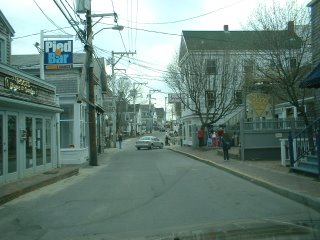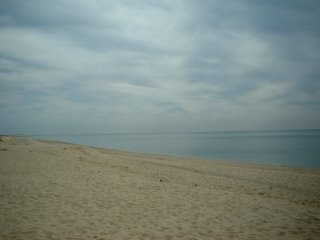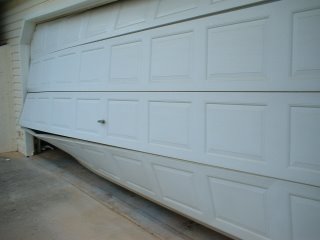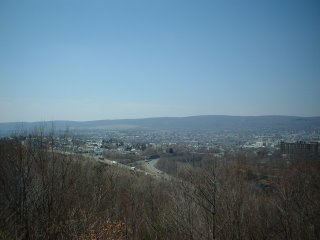
Spanning the original Cape Cod Canal, constructed by New York financier August Belmont, were two twin cantilever draw type highway bridges and a draw type bascule railroad bridge with openings over the water of only 140 feet. These narrow passages, combined with the swift currents and winding approaches, made mariners leery of using the waterway. Going around the tip of the cape, however, added up to 165 miles to their trip through waters where many ships had already sunk. Since the drawbridges could only be crossed when there was no marine traffic, automobiles going to and from Cape Cod also experienced delays.
When the Corps of Engineers was assigned responsibility for the waterway in 1928, a series of improvements began, including the replacement of the three bridges.On September 6, 1933, the Public Works Administration (the agency responsible for managing Emergency Relief funds during the Great Depression) authorized construction of three bridges over the Canal. Contractors began laying the bridge foundations in December 1933. In accordance with Public Works Administration regulations, work was distributed widely; and, wherever practical, hand labor was used instead of machinery to provide as many jobs as possible.
The two highway bridges were designed and Fay, Spofford and Thorndike of Boston supervised construction. They retained the Boston architectural firm of Cram and Ferguson to advise upon architectural details and the appearance of the structures.The Sagamore Bridge was constructed about two and one half miles from the eastern end of the Canal land cut, and the Bourne Bridge about one and two thirds miles from the western end of the land cut. The bridges each have a main span measuring 616 feet between centers of support and a vertical clearance of 135 feet above high water. The structures differ in the number of approach spans. The roadway width of the bridges, designed for four lane traffic, is 40 feet between curbs. Built simultaneously, the bridges were dedicated on June 22, 1935, and opened to traffic.

























